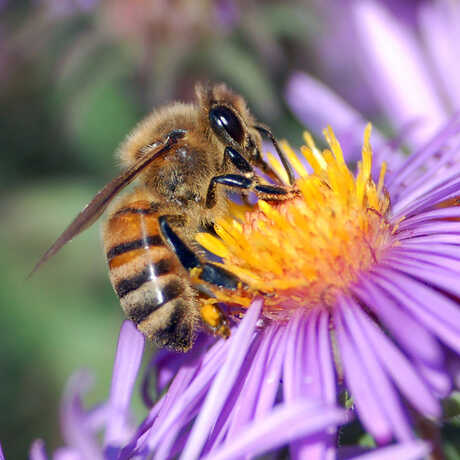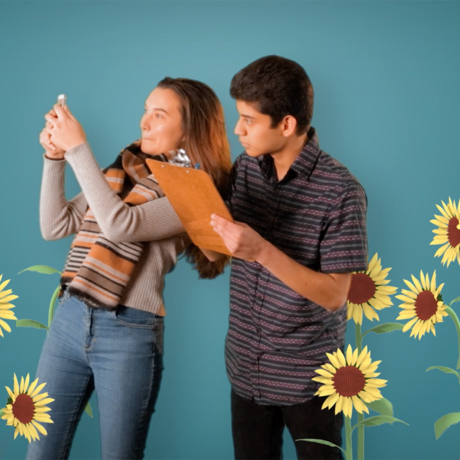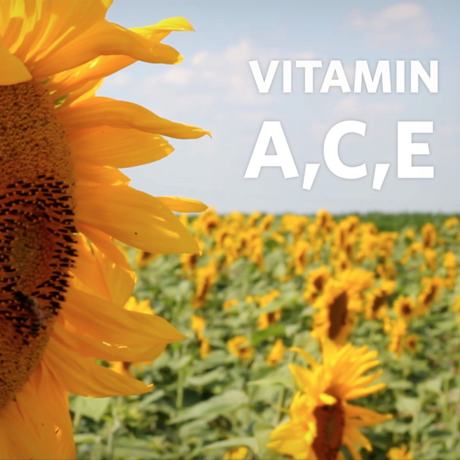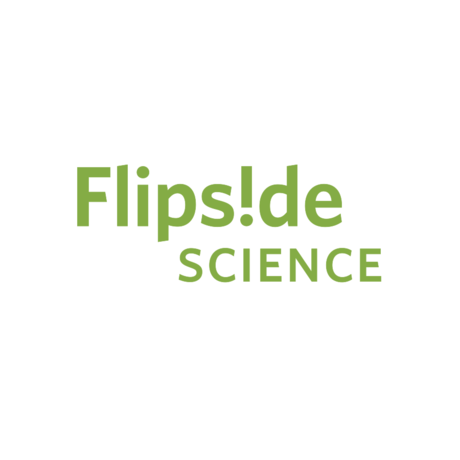Obtaining and Evaluating Information
Write the following Focus Question on the board and have students write a brief reflection on it in their notebooks: How do pollinators relate to public health?
Lesson 1: Pollination and Population
1. Hand out Figures 1a and 1b to your students. Have students talk to a partner about what they notice and wonder about the figures.
2. Give each pair two colors of sticky notes, and have them write individual observations about the figures on one color and questions they have about the figures on the other color. Collect all of the sticky notes and group them by similarity on the board.
3. Lead a class discussion about the students' observations and questions. After the class discussion of Figures 1a and 1b, your students should be able to make the connection between geographic regions of pollinator dependency and population. Here is an example question you can ask to help your students work towards this understanding: What do you think might happen if the number of pollinators responsible for the production of vitamin A, iron, and folate declines? Would this affect people? If so, where?
Lesson 2: Pollination and Nutrition
1. Hand out Figure 2 to your students. Give them a few minutes to study the table and familiarize themselves with the information in it. Ask students a few questions to check that they know how to read the table. For example: What percentage of our vitamin C produced by crops is dependent on animal pollinators? How do you know?
2. Play a game of 'Agree/Disagree', where students hear a statement and then choose a side of the room based on whether they agree or disagree with the statement. For example: We rely on animal pollinators for a large proportion of our vitamin A. After examining and discussing Figure 2, students should be able to describe how pollination is important for providing us with several essential vitamins and minerals.
Lesson 3: Pollination and Fruit Maturation
1. Hand out Figure 3 to your students, and have them work with a partner to write down what they notice about the different strawberries in the figure. Then, pass out the Reflection Worksheet for your students to fill out.
2. Lead a final class discussion that ties together all three figures using the questions from the Reflection Worksheet as a guide.
Figure sources:
1a. Chaplin-Kramer et al., 2014; 1b. NASA Earth Observations; 2. NIH EHP: Pollinator Power; 3. UC-Berkeley News



